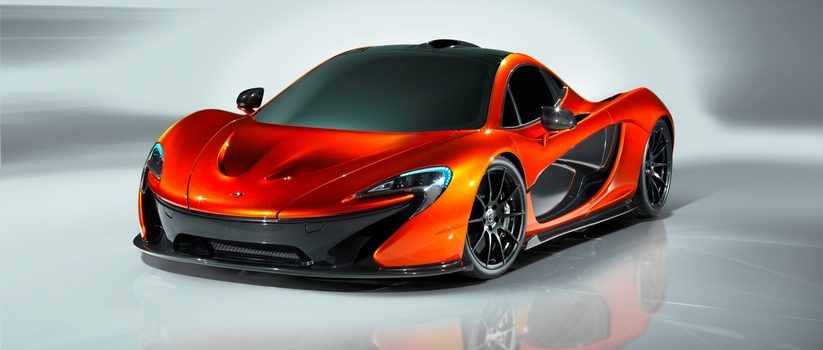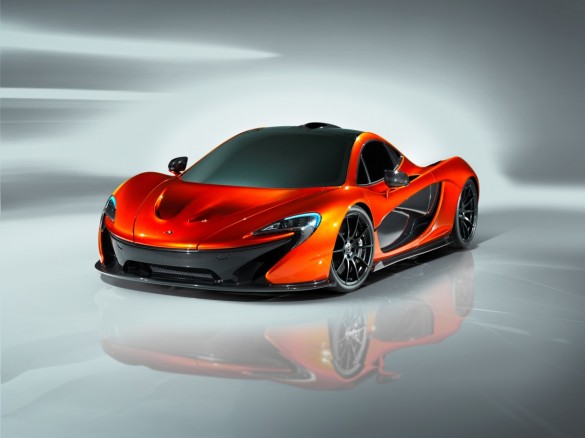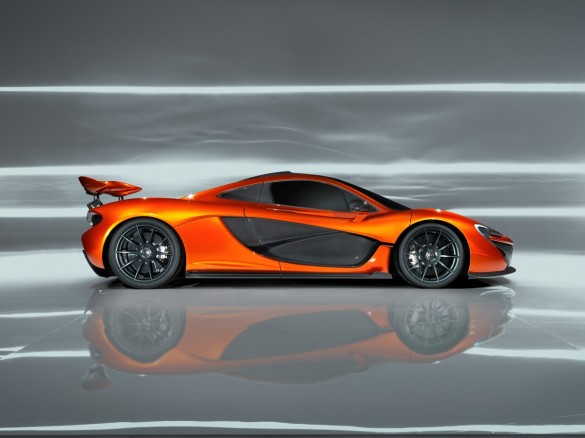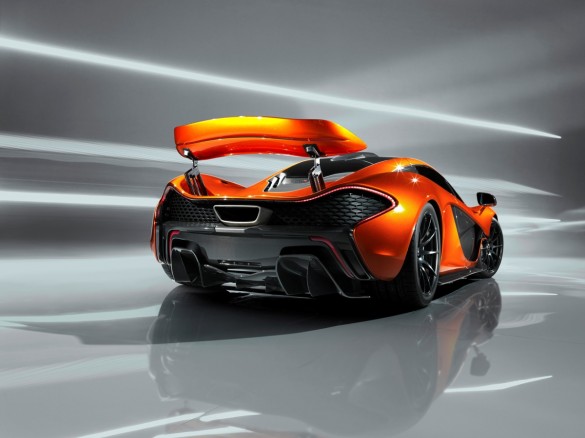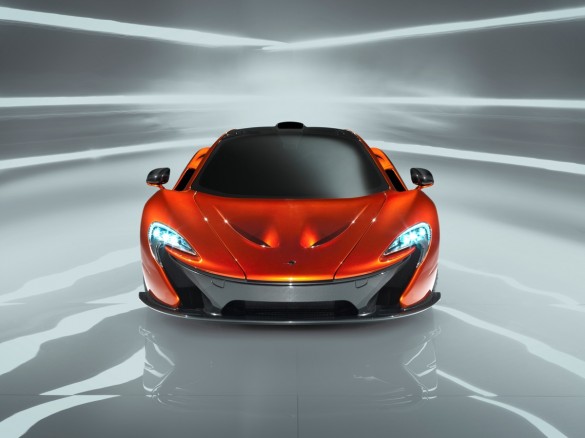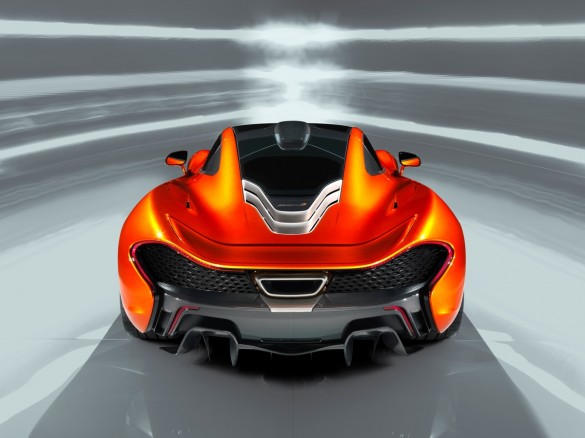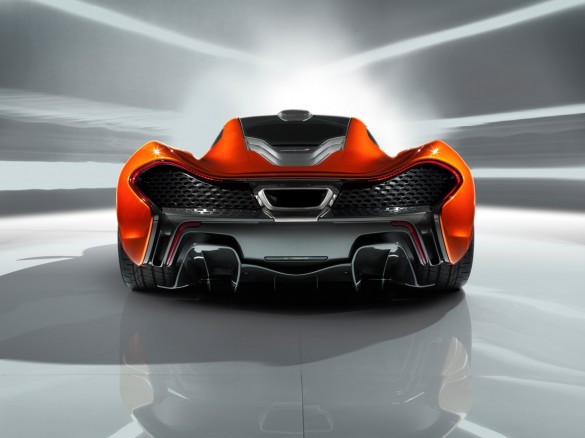It’s now official: the McLaren P1 will be the successor to the McLaren F1 as the company’s attempt to build the world’s finest supercar. Using the Paris Auto Show as its stage (which, incidentally, was McLaren’s first-ever appearance at an international auto show), McLaren revealed the P1 to a crowd of journalists and honored guests.
In the words, of McLaren’s Executive Chairman, Ron Dennis, “The McLaren P1 will be the result of 50 years of racing and road car heritage. Twenty years ago we raised the supercar performance bar with the McLaren F1 and out goal with the McLaren P1 is to redefine it once again.”
McLaren would only talk in generalities about the car, so specific horsepower figures remain unknown. For the time being, McLaren’s Program Director, Paul Mackenzie, would only admit that the design goal was to produce more than 600PS (about 592 horsepower) per ton, which should indeed produce the race-car-like performance that McLaren is after.
Like the F1, the P1 will be mid-engined and built around a carbon fiber monocoque and roof structure that McLaren calls the MonoCage. Body panels will also be crafted of carbon fiber, and many will also serve to provide downforce or cooling ducts. As the P1’s Chief Design Engineer Dan Parry-Williams explains, “Everything is there for a reason – true form improves function. Every duct, every surface, does a job, either in aero or in cooling.”
To improve grip and high-speed stability, the P1 will employ active aerodynamics, creating as much as 1,320 pounds of downforce, even below its maximum top speed. It’s hard to miss the oversize rear wing, which we presume will automatically deploy above a certain speed threshold (though we suspect it’s manually deployable, too).
Further details on specifications and performance will be released early next year, around the time that McLaren opens up its order books. Deliveries are set to begin by the end of next year, as 2013 marks the legendary constructor’s 50th anniversary.
